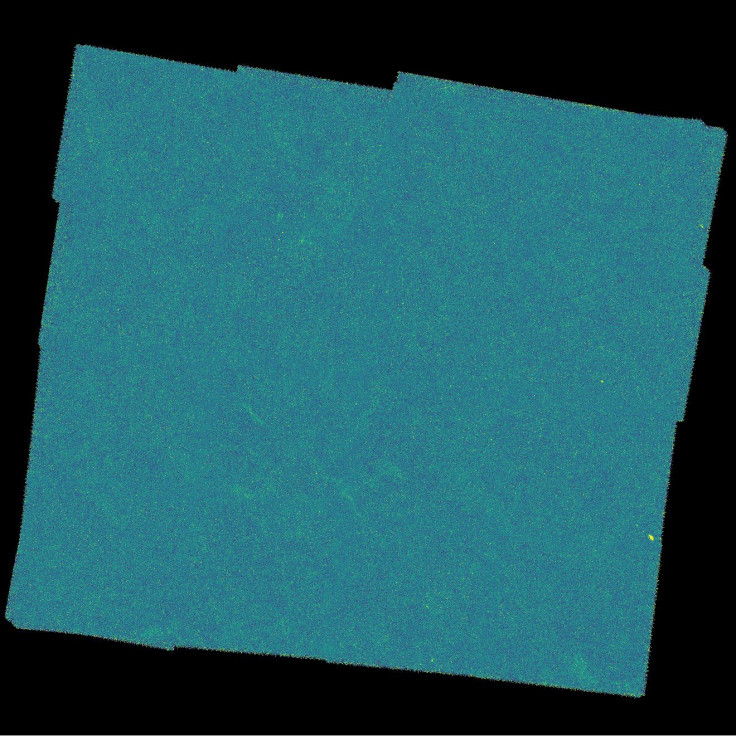Vastness Of Space: Every Dot In This Photograph Is A Whole Galaxy

Today, astronomers don’t have any telescope or device to capture and comprehend the vastness of the cosmos. Our universe, which came to be some 13.8 billion years ago after the big bang, is so big that there is no real way to visualize or appreciate its true scale.
However, every now and then, we see something — an image or animation — that reminds us of how puny life on Earth could appear on the universe's scale. Once such shot was recently released by the European Space Agency (ESA).
On first look, the photograph appears nothing more than a standard color image with a bunch of minute dots. But, these points signify a lot more than one could imagine. According to the space agency, every single speck of light captured in this photograph is a galaxy in itself.
Our universe hosts one to two trillion galaxies and each of these galaxies contains several hundred billion of stars, many of which are orbited by one or more planets. This means that every single grain seen in this picture is a neighborhood packed with millions to billions of stars and planets.
For comparison, our own galaxy, the Milky Way itself measures 100,000 light-years across and carries about 100 billion stars. The size increases to 150,000 light years when it comes to the neighboring spiral galaxy, Andromeda.
This particular image, as the agency described, was taken with the Spectral and Photometric Imaging Receiver or the SPIRE instrument of its Herschel Space Observatory and shows what has been called the North-Galactic Pole.
The region, located in the direction of the northern constellation of Coma Berenices (Berenice’s Hair), covers 180 square degrees of the sky. It lies far from the star-filled disc of the Milky Way and provides a clear view of the galaxies sitting billions of light years away from Earth.
That said, when the researchers at the agency used the telescope to look into the vast area and peer deep into the distant space, they were able to capture the heat emitting out from dust grains between the stars of each galaxy in the form of the minute specks.
According to the agency, most of the heat marks mapped on this image took billions of years to reach us and were emitted well before the Earth or even the Solar System existed. It is also worth noting that the region of the sky studied by the observatory also included the galaxy-rich Coma Cluster, which alone added some 1000 specks of light into the image.
© Copyright IBTimes 2025. All rights reserved.





















